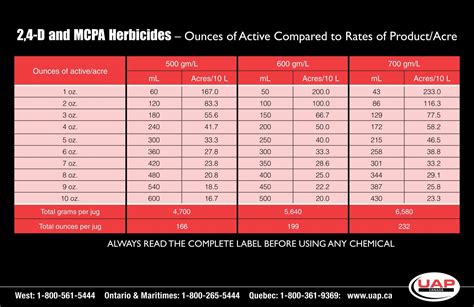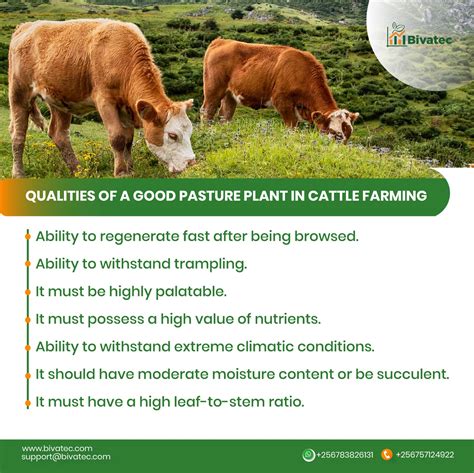Effective pasture management is crucial for maintaining healthy and productive grazing lands. One key aspect of pasture management is the application of herbicides, fertilizers, and other substances to control weeds, promote growth, and enhance overall pasture health. However, applying these substances at the right rate is critical to achieve optimal results while minimizing environmental impact. In this article, we will delve into the world of 2,4-D application rates for pasture management, exploring the importance of optimal rates, factors influencing rate selection, and practical guidelines for application.
Understanding 2,4-D and Its Role in Pasture Management

2,4-D (2,4-dichlorophenoxyacetic acid) is a widely used herbicide for controlling broadleaf weeds in pastures. It works by mimicking the plant hormone auxin, causing weeds to grow abnormally and eventually die. 2,4-D is commonly applied to pastures to control weeds that compete with desirable grasses and legumes for water, nutrients, and light.
Benefits of Optimal 2,4-D Application Rates
Applying 2,4-D at the optimal rate is essential for effective weed control, pasture health, and environmental sustainability. Some benefits of optimal application rates include:
- Improved weed control: Applying the right amount of 2,4-D ensures that weeds are effectively controlled, reducing competition for desirable plants.
- Reduced environmental impact: Overapplication of 2,4-D can harm non-target plants, contaminate water sources, and affect wildlife habitats. Optimal rates minimize these risks.
- Cost savings: Applying too much 2,4-D can be wasteful and expensive. Optimal rates help reduce costs while maintaining effective weed control.
- Enhanced pasture health: By controlling weeds and promoting desirable plant growth, optimal 2,4-D application rates contribute to a healthier and more productive pasture ecosystem.
Factors Influencing 2,4-D Application Rates

Several factors influence the selection of 2,4-D application rates for pasture management. These include:
- Weed species and density: Different weed species require different application rates. Dense weed populations may require higher rates, while sparse populations may require lower rates.
- Desirable plant species: The type and sensitivity of desirable plants in the pasture influence the application rate. For example, some grasses and legumes may be more susceptible to 2,4-D damage than others.
- Soil type and moisture: Soil texture, pH, and moisture levels affect 2,4-D absorption and translocation. For example, sandy soils may require lower rates due to increased leaching potential.
- Climate and weather: Temperature, humidity, and wind direction influence 2,4-D volatility and drift. For example, high temperatures and wind may require lower rates to minimize drift onto non-target areas.
Practical Guidelines for 2,4-D Application Rates
Here are some general guidelines for 2,4-D application rates in pasture management:
- For broadleaf weed control, apply 2,4-D at rates of 0.5-1.5 pounds active ingredient per acre (ai/acre).
- For perennial weed control, apply 2,4-D at rates of 1-2 ai/acre.
- For mixed grass and broadleaf weed control, apply 2,4-D at rates of 0.25-1 ai/acre.
It is essential to consult the product label and follow the recommended application rates for the specific 2,4-D product being used. Additionally, consider the factors mentioned above and adjust the application rate accordingly.
Gallery of 2,4-D Application Rates for Pasture Management






Frequently Asked Questions
What is the recommended 2,4-D application rate for broadleaf weed control in pastures?
+The recommended 2,4-D application rate for broadleaf weed control in pastures is 0.5-1.5 pounds active ingredient per acre (ai/acre).
How does soil type affect 2,4-D application rates?
+Soil type affects 2,4-D absorption and translocation. For example, sandy soils may require lower rates due to increased leaching potential.
What are the benefits of optimal 2,4-D application rates in pasture management?
+The benefits of optimal 2,4-D application rates include improved weed control, reduced environmental impact, cost savings, and enhanced pasture health.
In conclusion, optimal 2,4-D application rates are crucial for effective pasture management. By considering factors such as weed species and density, desirable plant species, soil type and moisture, and climate and weather, you can select the right application rate for your specific pasture management needs. Remember to consult the product label and follow the recommended application rates to ensure optimal results and minimize environmental impact.
